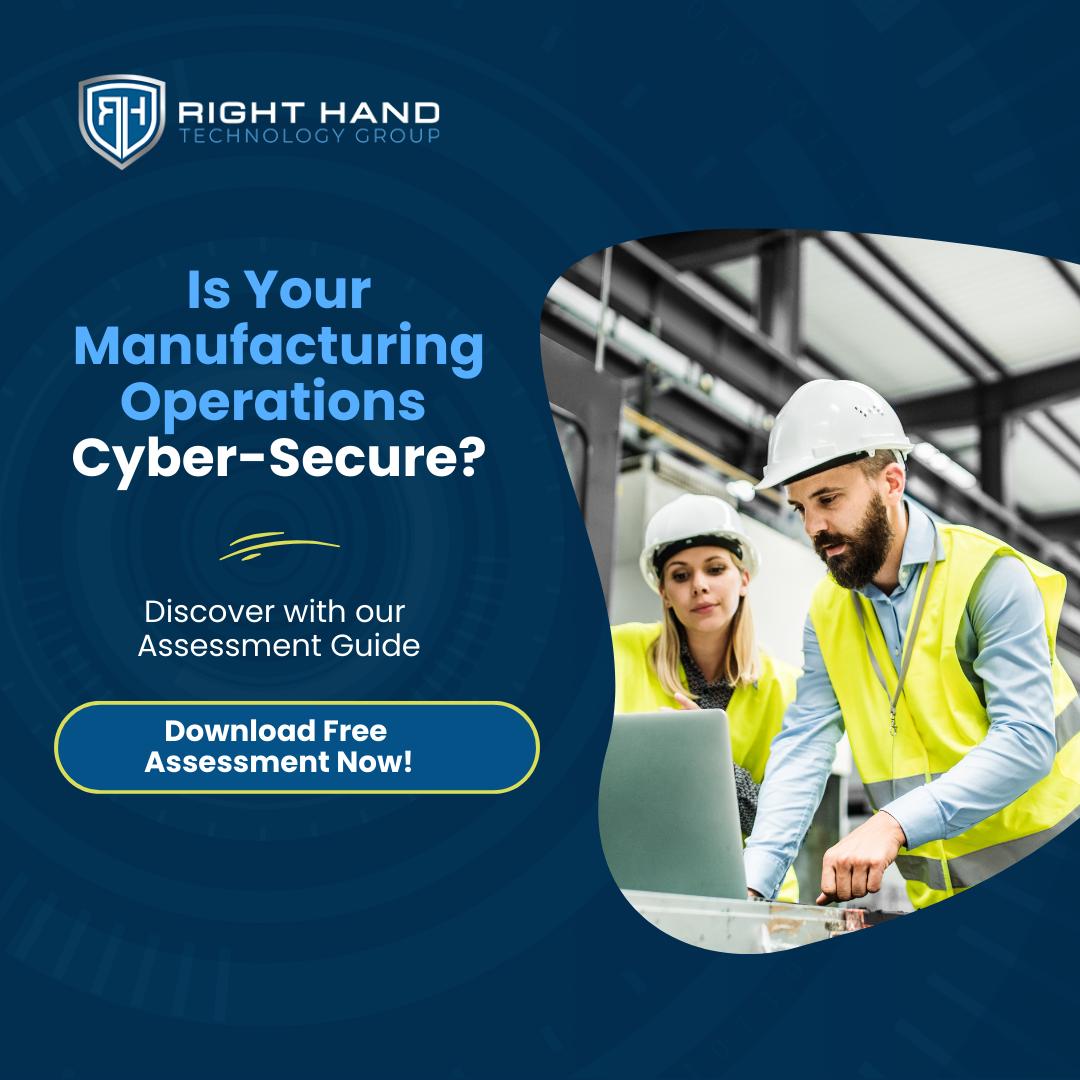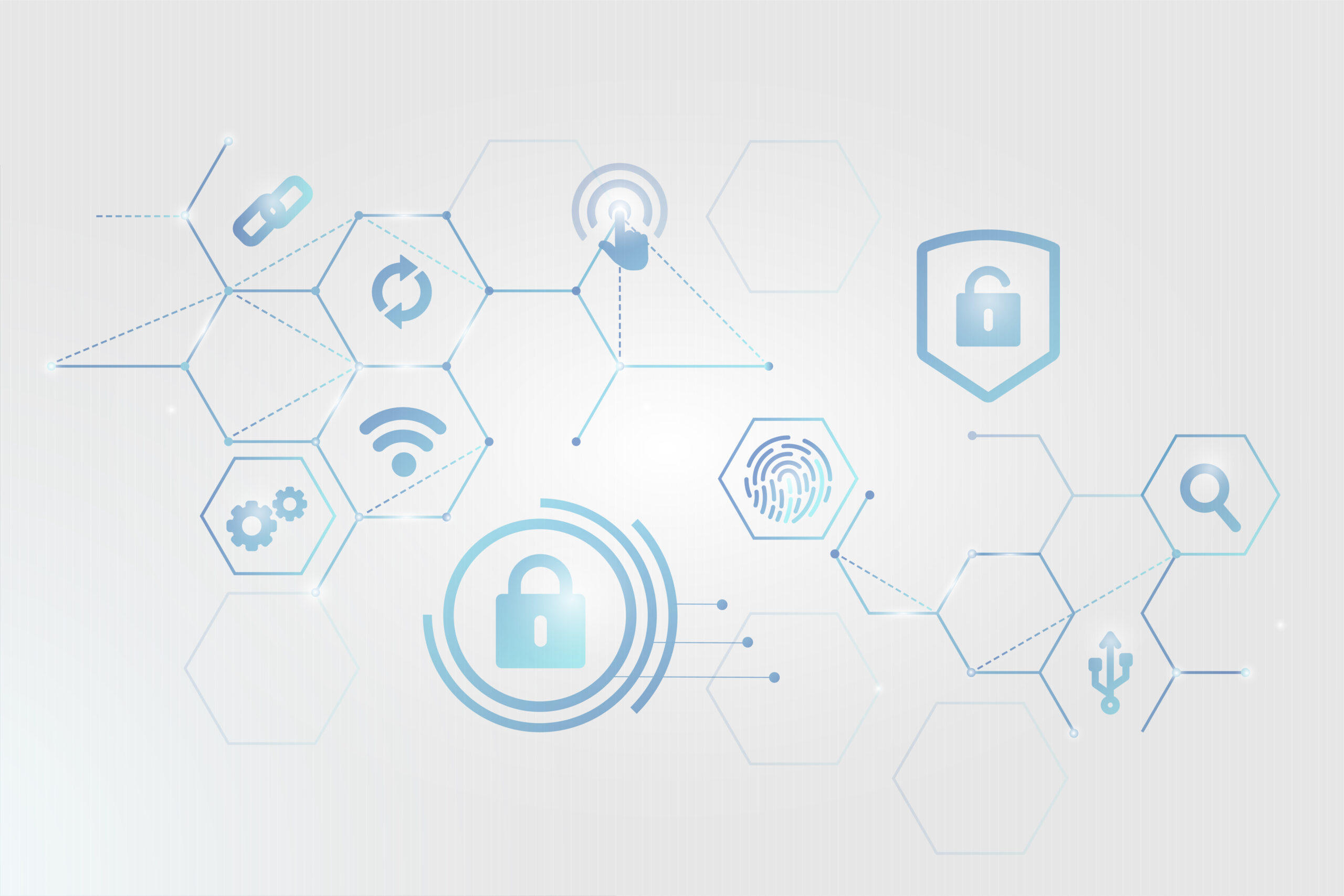In today’s rapidly evolving threat landscape, traditional security models that rely on network perimeters are no longer adequate to protect against sophisticated cyberattacks. Zero trust security represents a fundamental shift in cybersecurity strategy, operating on the principle of “never trust, always verify” for every user, device, and network connection.
This comprehensive approach to security architecture eliminates implicit trust and validates every access request, regardless of location or user credentials. Understanding zero trust security is essential for organizations seeking to implement robust, modern cybersecurity frameworks that can defend against both internal and external threats while maintaining operational efficiency and compliance requirements.
Related Topic: Cybersecurity Awareness Training: Best Practices to Stop Cyber Threats
Understanding Zero Trust Security: Definition and Core Principles
In our experience helping organizations transition from legacy security models, zero trust security represents a cybersecurity framework that fundamentally rejects the concept of zero trust by eliminating all implicit assumptions. The zero trust approach operates on the principle of “never trust, always verify,” requiring continuous authentication and authorization for every access request.
The primary goal of a zero trust security model is to minimize security risks by treating every user, device, and network connection as potentially compromised. Unlike traditional security models that rely on network perimeter defenses, zero trust principles assume threats exist both inside and outside organizational boundaries.
Zero trust security differs significantly from traditional security approaches. While conventional models create trusted zones within the network perimeter, the zero trust security model maintains constant vigilance regardless of location. This security model requires verification for every transaction, effectively transforming cybersecurity from a perimeter-based strategy to an identity-centric approach that validates each access attempt independently.
Related Topic: What Is Ransomware and How to Stop It Before It Spreads
The Five Pillars of Zero Trust Architecture Framework
The five pillars of zero trust establish the foundational elements of comprehensive zero trust architecture. These core principles of zero trust include identity verification, device security, network access controls, application protection, and data governance. We’ve observed that successful zero trust implementations consistently focus on each pillar supports the zero trust framework by implementing specific security measures.
The three main concepts underlying the zero trust model center on continuous verification, least privilege access, and assuming breach scenarios. The principles of zero trust require that every user and device undergoes authentication before receiving network access, regardless of location or previous authorization status.
Core logical components of zero trust architecture encompass policy engines, policy administrators, and policy enforcement points. The zero trust network operates through these components to evaluate access requests using least privilege principles. This zero trust framework ensures that user and device permissions remain minimal and contextual. The model continuously monitors all network access attempts, creating a robust security posture that adapts to evolving threat landscapes while maintaining operational efficiency.
Related Topic: What is a Firewall in Networking? | Protect Your Network Like a Pro
Zero Trust Security Benefits: Enhanced Protection and ROI
The benefits of zero trust include improved threat detection, reduced attack surfaces, and strengthened security posture across all organizational assets. Organizations can enhance security through comprehensive visibility and control over every access request, significantly reducing cyber threats and unauthorized access attempts.
Zero trust solutions offer substantial advantages including enhanced data security, improved endpoint security, and robust cloud security capabilities. Our clients frequently report significant improvements in these security measures provide comprehensive security coverage while enabling remote work flexibility. However, implementation challenges include initial complexity, potential user friction, and integration requirements with existing systems. For organizations new to comprehensive security frameworks, our cybersecurity for small business owners guide provides essential foundational knowledge.
Major technology companies successfully demonstrate zero trust effectiveness. Google implements zero trust principles through their BeyondCorp initiative, eliminating traditional network perimeters while maintaining rigorous security measures. This approach protects against sophisticated cyber attacks while supporting distributed workforces. Organizations adopting similar frameworks experience measurable improvements in threat prevention, compliance adherence, and operational resilience, making zero trust a strategic investment for modern cybersecurity requirements.
Related Topic: How to Tell If It’s a Scam: Real Phishing Examples Exposed!
Zero Trust Technology Solutions and Network Security Tools
Zero trust network access technology is rapidly replacing traditional VPN solutions by eliminating the need for broad network access. Modern security enforces granular access controls and continuous verification always.
During our implementations, we recommend starting with zero trust browsers represent specialized security control mechanisms that isolate web sessions from local devices. These browsers eliminate implicit trust assumptions by executing web applications in secure, isolated environments. This approach enhances network security by preventing malicious websites from accessing local resources or spreading threats across organizational networks. Organizations benefit from conducting a thorough cybersecurity risk assessment guide before selecting specific technologies.
Modern security systems integrate cloud access security broker capabilities with layered security approaches to create comprehensive protection frameworks. While VPN technologies continue evolving, the safest options now incorporate zero trust principles rather than relying solely on encrypted tunnels. Organizations benefit from implementing security solutions that combine multiple verification layers, creating robust defenses against sophisticated cyber threats while maintaining user accessibility and operational efficiency across diverse computing environments. For ongoing support, consider comprehensive cybersecurity management services that ensure continuous optimization.
Related Topic: Types of Cyber Attacks Explained | Stay Safe Online
Zero Trust Framework Integration and NIST Guidelines
The zero trust reference architecture provides guidance for organizations implementing comprehensive security transformations. Using a zero trust architecture requires systematic planning and coordination across all technology systems. The framework operates through continuous verification, least privilege access, and explicit verification of every transaction.
NIST principles associated with zero trust architecture emphasize identity verification, device compliance, and network segmentation. The cybersecurity and infrastructure security agency collaborates with the national cyber security centre to establish standardized implementation approaches. These organizations have published zero trust guidelines that align with federal zero trust strategy requirements.
Our approach to framework integration emphasizes the three core tenants include never trust, always verify, and assume breach scenarios. Organizations benefit from integrating zero trust principles through phased implementation approaches that minimize operational disruption. A robust zero trust security policy requires comprehensive planning, stakeholder alignment, and gradual deployment across organizational infrastructure. Successful implementations follow established frameworks while adapting to specific organizational requirements, ensuring security improvements without compromising productivity or user experience during the transformation process. Professional security controls protection services can accelerate this integration process.
Related Topic: IT Support for Healthcare That Keeps You Running
Zero Trust Best Practices for Long-Term Security Optimization
Zero Trust best practices focus on key principles, always verify, give minimal access, and divide networks into smaller segments. This approach highlights finding and stopping threats early, while quickly adapting to new and changing security risks.
Zero Trust provides a lasting security solution through a comprehensive approach that adapts and evolves with continuous technological progress and advancements. Organizations successfully enforce zero trust policies through continuous monitoring, regular security assessments, and adaptive policy refinements that address emerging threats.
Top organizations we partner with embrace zero trust, always assuming security incidents can happen anytime, from any source, without warning. Zero trust emphasizes maintaining vigilance across all network segments and user interactions. This approach ensures that zero trust work continues effectively regardless of changing business requirements or threat environments. Organizations apply these principles to build resilient security postures, ensuring sustained protection while supporting operational flexibility and growth during digital transformation initiatives.
Related Topic: How to Build a Disaster Recovery Procedure Plan That Works?
Final Thoughts:
As cyber threats advance and perimeter models weaken, Zero Trust provides scalable, proven protection for assets, compliance, and business continuity globally.
If you’re ready to strengthen your security posture, the team at Right Hand Technology Group can help.
Our experts assess your infrastructure, create a custom Zero Trust strategy, and implement strong protections balancing security with operational efficiency. Contact us today to schedule a comprehensive security consultation and discover how Zero Trust architecture can protect your company’s future.
Frequently Asked Questions
What’s the difference between a firewall and Zero Trust?
Firewalls secure the network perimeter with rule-based filtering. Zero Trust removes perimeter assumptions, verifying every access request regardless of source or prior authorization.
Who created Zero Trust?
John Kindervag at Forrester Research introduced Zero Trust in 2010, it as rejecting implicit trust and enforcing continuous verification.
What are the three principles of Zero Trust?
Never trust, always verify, and assume breach. This means explicit verification, least privilege access, and continuous monitoring across all assets.
Is Zero Trust a strategy?
Yes. It’s both a strategy and framework, guiding security decisions, tech investments, and operations to protect against changing threats.
What’s the difference between Zero Trust and a VPN?
VPNs create trusted tunnels for remote access. Zero Trust verifies every user—inside or outside the network—without exceptions.










